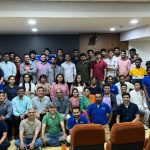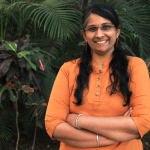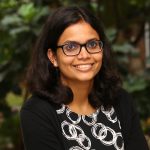Abdul Rawoof Pinjari, a civil engineer, studies human behaviour patterns for solutions to the city’s congestion
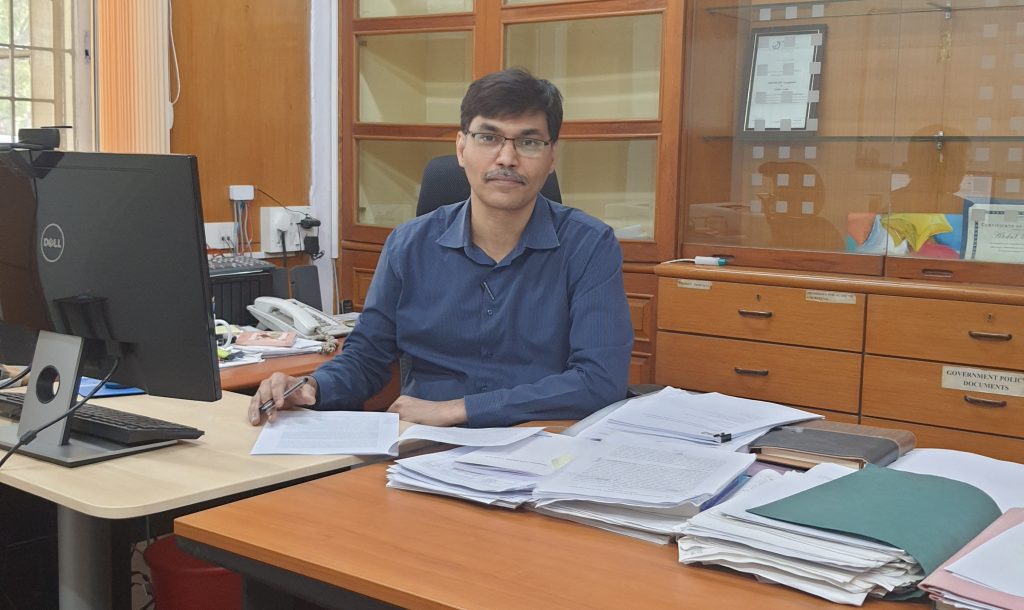
Bangalore is infamous for its congested roads. But it wasn’t always like this. Even now, not all roads are congested, and not at all hours. But travelling to certain parts of the city during certain times of the day can be a nightmare. Some modes of transport are more uncomfortable than others. What travel patterns emerge if systematic data is collected from the city? Which seasons, which roads and what modes make traffic better or worse? These are the questions that interest Abdul Rawoof Pinjari, a civil engineer who studies how city infrastructure can be planned to accommodate the lifestyles of its citizens.
Two unusual aspects of civil engineering fascinated Abdul during his undergraduate studies at IIT Madras: the social and human aspect of infrastructure systems, and a scientific and mathematical approach to understanding cities. He wanted to determine what infrastructure is necessary for the smooth running of a city, and if, in frequently changing conditions, one can predict these requirements and manage the city using mathematical modelling.
As a Master’s student at the University of South Florida, the connection between socio-economic systems and transportation infrastructure became clear to him. “How much we travel, how we travel, and where we travel have implications on how much infrastructure is needed,” says Abdul. As a PhD student at the University of Texas at Austin, he modelled travel behaviour of people in the city of Dallas. Such mathematical models try to mimic people’s choices and decisions pertaining to travel, and are then applied to city-wide complex transportation systems to simulate the travel patterns inside a city.
Later, as a faculty member at the University of South Florida, he worked on modelling not just passenger travel, but also freight movement, which depended on behaviours of suppliers and distributors. In 2017, he moved to IISc and joined the Department of Civil Engineering and the Centre for Infrastructure, Sustainable Transportation and Urban Planning (CiSTUP) as an Associate Professor.
Compared to the cities in the US that he had studied, travel patterns in Indian cities are more diverse in terms of the types of vehicles, travellers and travel behaviours, orderliness of traffic streams and so on. Infrastructure is insufficient. There is little coordination between long-haul public transit systems like buses and potential last-mile providers like taxis. Though internet and mobile connectivity is much better now in urban India, transportation systems are not yet organised well enough to take full advantage of it.
Studies have shown that it is not advisable to provide transportation infrastructure to meet the demand before assessing the nature of the need. Abdul explains, “There is a tendency that more infrastructure leads to increased personal vehicle travel. And that leads to even more infrastructure need, and it just becomes a vicious circle.” Instead, it is better to first understand which travel choices of commuters are putting strain on the transportation systems.
This is easier said than done. While it is possible to observe people’s choices, the reasoning behind them is often obscure. Therefore, Abdul and his team have developed ways to first observe the commuters’ choices, and then infer which preferences, perceptions and constraints may have resulted in those choices. For this, they borrow statistical models from microeconomics and psychology, known as “econometric” and “choice” models.
The team uses household surveys to ask people the travel choices they make and why. Then there are indirect methods, like collecting data from GPS or sensors in mobile phones – strict ethical norms of anonymity are followed when using such data. The team also presents users with hypothetical situations, and asks them to choose from a set of actions as well as about how users perceive risk in such scenarios.
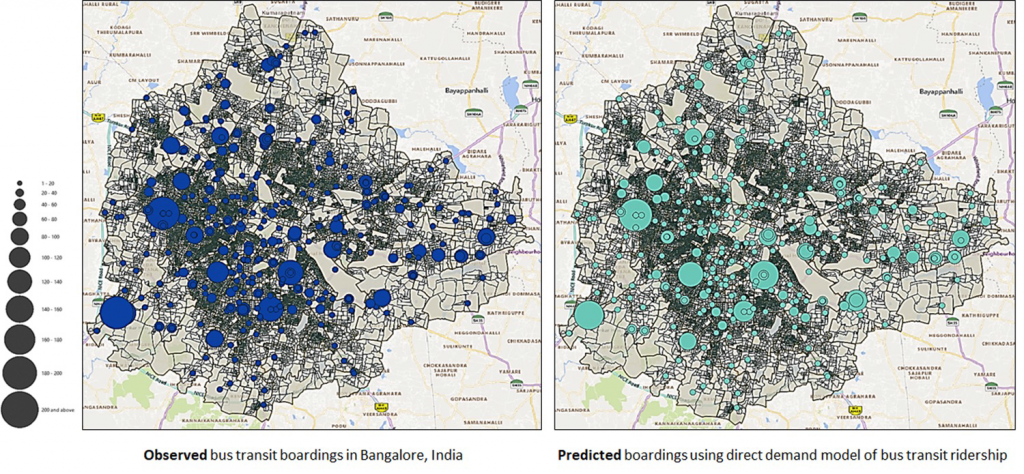
Several studies suggest that three major factors affect commuters’ choices: travel time, cost of travel, and how reliable the timing and safety measures are. Yet, to build a model, other parameters affecting choices also have to be considered. Known measurable factors like travel times and costs can be incorporated directly into models. Then there are factors that cannot be quantified; for example, there is no tool to easily measure human perceptions. How can one assign a value to how risky someone thinks taxi travel is during the pandemic? To tackle this problem, the team uses comparisons between choices. For example, during the pandemic, the proportion of commuters who believe an autorickshaw is safer than a taxi might be higher. Or, a certain proportion of commuters might prefer cycling over short distances to using a motorised vehicle. These comparative values can then be incorporated in a model.
Since most of his projects are deeply multidisciplinary, Abdul has collaborations with people from diverse backgrounds.
For example, he and Rajesh Sundaresan, Dean of the Division of Electrical, Electronics and Computer Sciences, co-advise a PhD student, Vishal Kushwaha, who studies the benefits of possible collaborations between public transit systems like BMTC buses or the Bengaluru Metro and app-based services like Ola and Uber.
Abdul’s team also collaborates with economists, who help in estimating the economic benefits of certain improvements to transportation systems and infrastructure. Some benefits are relatively easy to assess, like increased revenue, while others like travel time reductions, improved environmental conditions and water quality cannot be easily assigned a monetary value.
While Abdul’s core research interests lie in analysing and modelling travel behaviours, the insights gained from these studies need to be implemented at the policy level, which is why he also frequently collaborates with government agencies and departments. In his experience, they have always been eager to get help. “At the same time, they understand that these problems have been built over decades, not overnight, and cannot be solved overnight,” he says.
Currently, his team is working together with the Directorate of Urban Land Transport (DULT), a Karnataka Government department, and Robert Bosch, the technology and services company. “It’s a true academia-government-industry collaboration, where we put all our understanding into these city-scale systems to simulate travel demands,” says Abdul. They are developing models that can be used to answer the “what-if” questions, such as: What if the Metro line phase 2 comes to the airport? How much congestion will it reduce and where? Abdul expects that it may take a couple of years to develop such model systems. In the meantime, his team is also working on intermediate strategies for improvement. Deepa L, a PhD student, is creating a ‘transit ridership forecasting tool’ that will predict how many people use a specific mode of public transport. It is expected to answer questions like: If an extra bus line is provided from location A to location B, how much will the ridership increase? Will it compete with the Metro for ridership, or complement it? This tool will be ready in five to six months.

Understanding and modelling a system as complex as transportation can be quite challenging, Abdul acknowledges. “So, it helps to have humility, and accept that we may not be able to model every single detail. We may not be able to predict it accurately and precisely. Still, there is value to doing that, because otherwise it is like shooting in the dark.”

